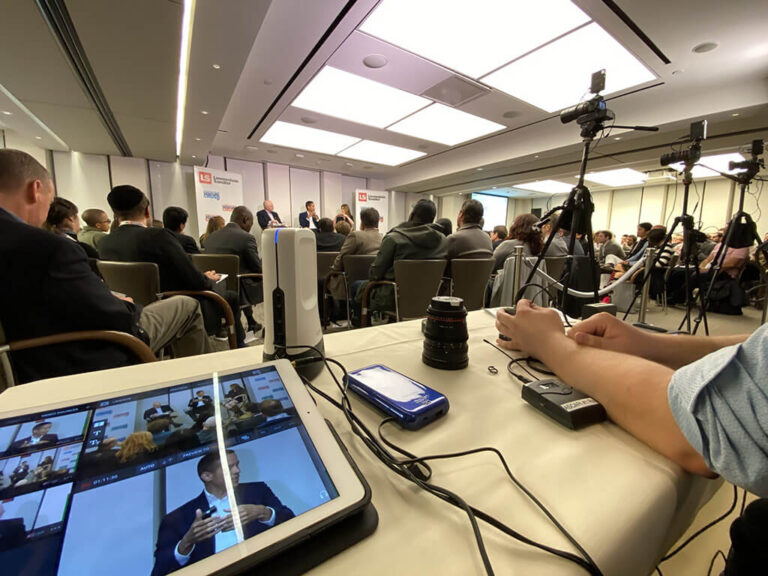Overcoming Challenges in the Art of Video Image Mapping Execution
Wiki Article
Visual projection mapping technology is an innovative technology that transforms common surfaces into engaging presentations. This technique enables creators and design professionals to project images and videos onto objects like buildings, statues, or stages, creating an immersive visual experience. However, despite its capabilities, implementing video projection mapping successfully comes with several obstacles. Understanding and addressing these hurdles is crucial for anyone seeking to create impactful projection art.
One of the main challenges in video projection mapping is guaranteeing that the displayed image aligns accurately with the surface. This process, known as "mapping," requires precise calculations and figures. If the projection is not aligned properly, the images can appear warped or misplaced. To address this issue, creators often use specialized software that helps in mapping the graphics to the object's dimensions. Moreover, conducting comprehensive tests before the ultimate projection can help identify any misalignments and enable for adjustments to be made.

Another major challenge is the different brightness and hue of the projected images. Different surfaces respond variously to light, which can affect how the shades look once projected. For instance, a pale material will reflect brightness variously than a dark one. To tackle this, creators must consider the material properties before choosing the colors and light levels for their projections. Testing the projection on the real surface during the planning phase can provide valuable understanding into how the final presentation will appear.
Technical difficulties can also create a challenge in video projection mapping. Issues such as equipment failure, software glitches, or connectivity problems can disrupt click this over here now the entire production. To minimize these threats, it is essential to conduct comprehensive hardware checks and have contingency plans in place. This can comprise having additional cables, projectors, and even alternative software choices ready to go. Being prepared for technical issues can ensure a smoother implementation of the projection.
Finally, viewers' engagement is an important aspect of video projection mapping. While the visuals are key, how the viewers engage with the display can make a significant difference. Creators must think about how to design their projections to captivate viewers’ attention and encourage participation. This can entail adding elements that invite engagement or create a check over here story that connects with the audience. Gathering feedback from test audiences can also help refine the presentation to enhance engagement.
In conclusion, overcoming challenges in video projection mapping demands meticulous preparation and innovation. By tackling the issues of matching, luminosity, technological problems, and viewer engagement, artists can create spectacular and impactful projections. With the appropriate strategies in position, video projection mapping can change common areas into extraordinary encounters, engaging viewers and creating a memorable impression.